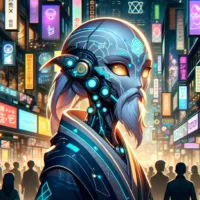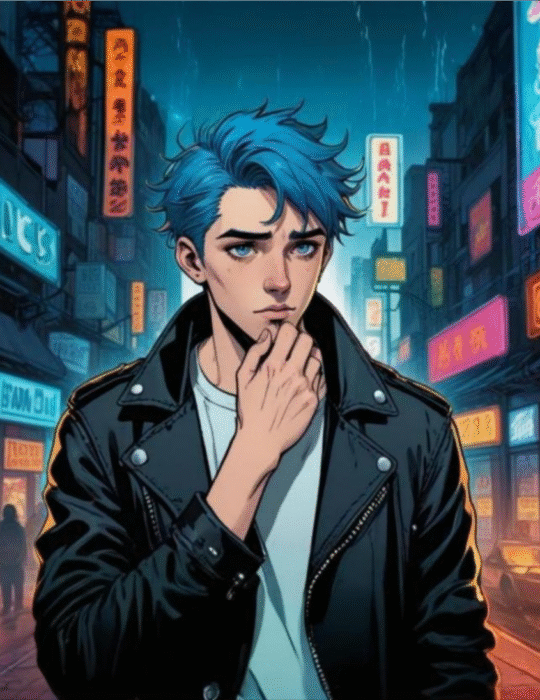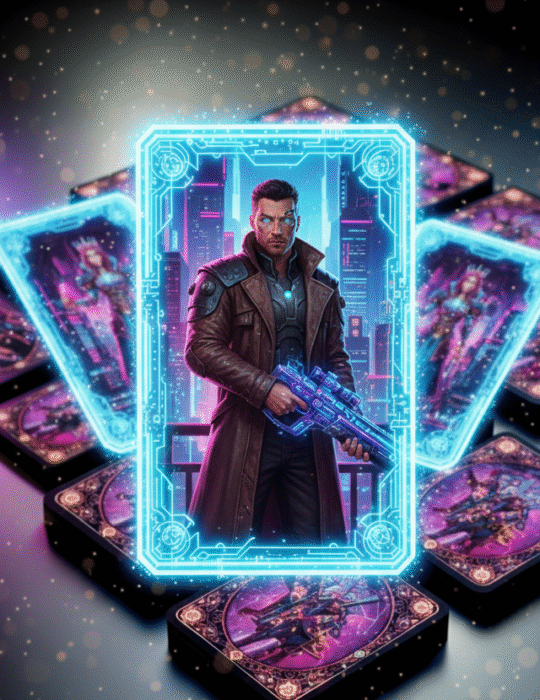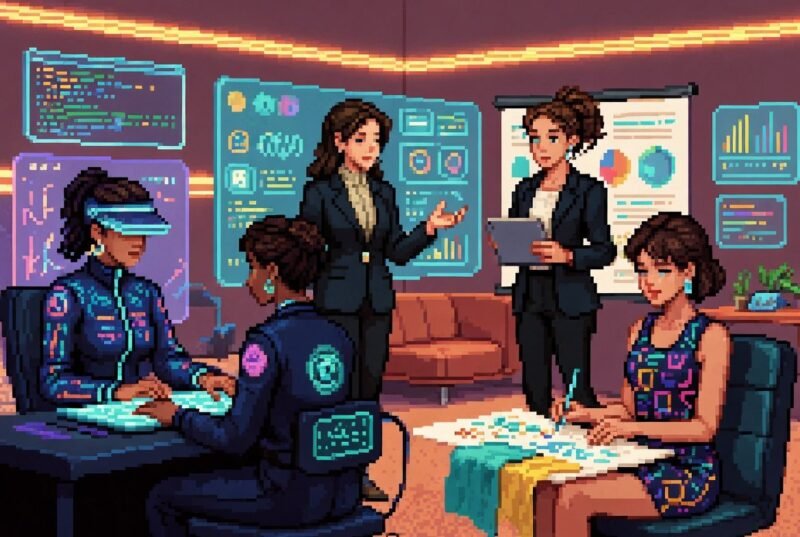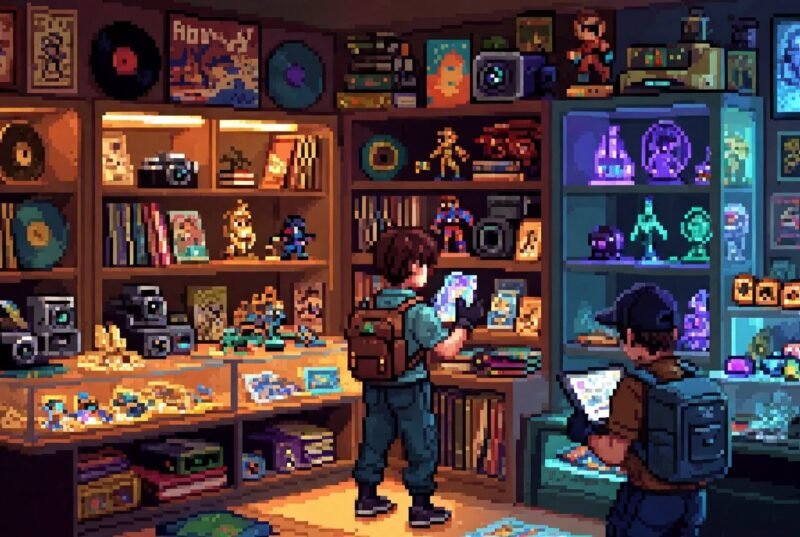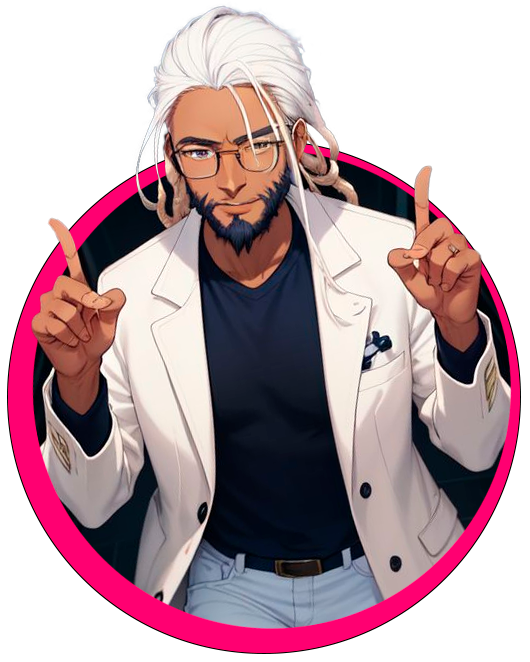In 1994, HotJava was introduced to the world.
For the first time, the browser could run interactive code right on the page.
And that changed everything: it paved the way for animations, games, editors, and the web apps we use today.
💡 Why this matters:
-
Because the web became a platform, not just a showcase.
-
Because this was the seed of what we now call “no-code” and “browser apps.”
-
Because digital creativity exploded when the browser stopped being passive.
🎯 Mission:
Create something simple that runs in the browser: a mini game, an animation, a button that responds with style.
It doesn’t have to be perfect — it just needs to be interactive.
💰 Reward:
+1 XP in Web Creativity
+1 Tech Nostalgia Point
🧠 StoryMode Pedagogical Stamp
-
Bloom’s Taxonomy: level Application and Creation — the audience is encouraged to turn knowledge into something practical and interactive.
-
UNESCO Competencies: Learning to Do and Learning to Be — promotes creative autonomy.
-
OECD Future of Skills 2030: focus on Cognitive Skills (creativity, problem-solving) and Digital Literacy.
-
ISTE Standards: Designer (digital experience creators) and Innovative Designer (experimentation and prototyping).
🧩 PBL Tip for Educators
Design an activity where students create mini-interactions in the browser (can be with simple tools like Scratch, p5.js, or CodePen).
Goal: to show that they can turn the browser from a showcase into a stage for their own ideas.
Present at an “applet fair” at the end of the week.
🔖 Zettelkasten (EN)
Connects to the content “The Web as a Creative Playground” (12/09/2025), expanding the reflection on the browser as a space for action and not just consumption.
Tags: #HotJava #WebHistory #CreativeEconomy #PlayfulProgramming #StoryMode
